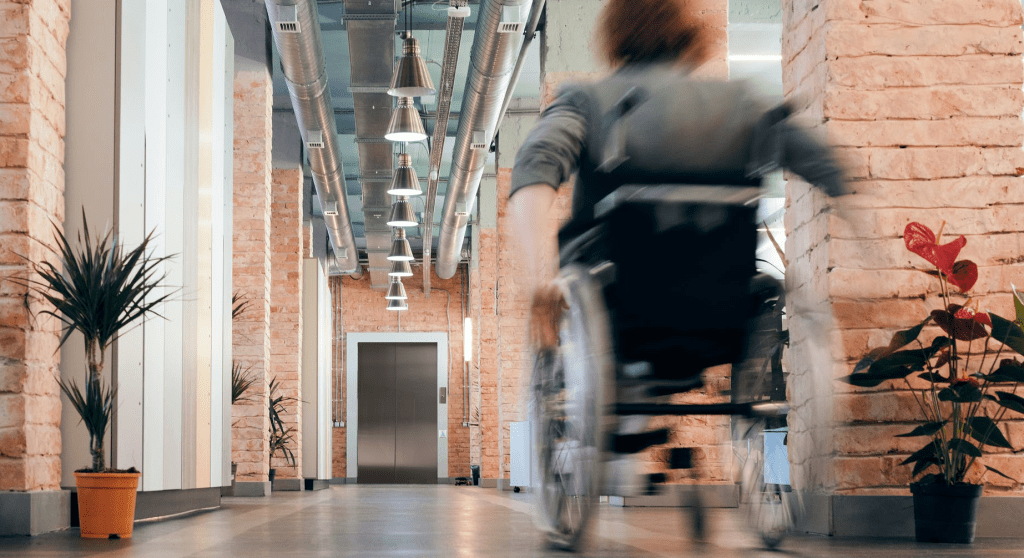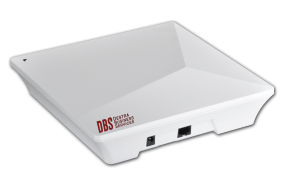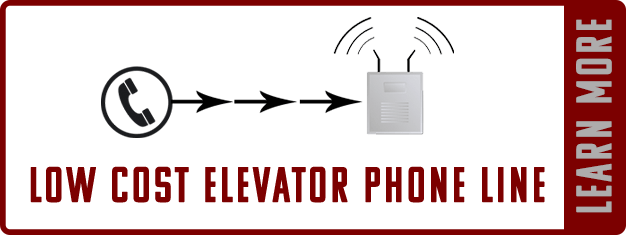
2024 Elevator Phone Saftey Requirements
Article: 2025 California Building Standards Code, Title 24
The safety requirements for elevator phone lines in the State of California are pretty simple; they rely heavily on the requirements of the ADA (Americans with Disabilities Act), ASME(American Society of Mechanical Engineers), and IBC (International Building Code). For our purposes, we will focus on the ADA requirements as they pertain more to the emergency communication line.
ADA safety requirements for elevators
If your building has been constructed or renovated after July 1994, the entire building must comply with the Americans with Disabilities Act (ADA Standards updated 2010 ) requirements. An elevator communications system that does not meet these codes is not compliant and puts you at liability for fines, lawsuits, and license suspensions.
Two-way Communication
Two-way communication must be available in elevator cabs that deaf/blind users can use
Emergency Controls & Phone
Emergency controls must be grouped at the bottom of the elevator control panel and have their centerlines no less than 35 inches above the finish floor
Floor Announcements or cues
Either automatic verbal announcement of stop or non-verbal audible signal of passed floors and stops must be used
Call Buttons
Call buttons must be a minimum of 0.75 inches in diameter
Control Panel Button Heights
Button heights must be centered 42 inches from the floor
Control Panel Braille
Braille must be below or next to floor numbers on the control panel
Easily Accessible
The elevator must be easily accessible in a public space
Door timing
Doors must remain fully open for at least three seconds
Door Width
The door width must be at least 36 inches to allow easy access for wheelchairs
Car Depth
The elevator car must be at least 51 inches deep and at least 68 inches wide
Note the top 2 are directly related to your elevator phone service.
Having a reliable and secure emergency elevator phone line in your car or lift is not only of utmost importance for passenger peace of mind but is also required. Having an elevator telephone line that runs on a battery backup (like our Mobile Connect 2 Elevator Cellular Gateway) ensures that your riders can use the call button or phone during a power outage when car problems or emergencies arise.

ADA Elevator Compliance Requirements
[ctu_ultimate_oxi id=”1″]
For a complete list of all the regulations and guidelines regarding public and private elevators, please click here.
What makes Mobile Connect 2 the preferred device for emergency elevator phone lines?

Our Mobile Connect 2 cellular elevator gateway complies with all Federal, State, and Local laws regarding telephones in elevators (including all ADA, IBC, and ASME requirements) and is compatible with all existing phone equipment.
Cellular is also an excellent choice for elevator emergency lines due to the advancements in video communication. Concierges or emergency personnel can face-to-face with riders in their elevators. Another benefit of POTS. Did we mention that most major phone carriers will be phasing out POTS in the next few years? Get the jump, ditch copper, and start saving today.
The bottom line is, emergencies are not the norm, and these phones rarely get used, racking up pretty significant amounts in annual billing. No one likes spending money. They don’t have to. That’s one of the reasons switching to a cellular network for your elevator is such a good idea; the savings can be as much as 60% per year!

Is a cellular network really reliable enough for an emergency elevator line?
Yes, the advancements in cellular networking technology have significantly increased over the past ten years. With built-in redundancies and multiple cell towers servicing urban areas, coverage is not an issue. Plus, we install our Mobile Connect 2, where coverage is best in the building.
Call DBS at 714-676-7289 to learn more about the Mobile Connect 2 cellular gateway for elevators or use our online Get A Quote form, and one of our sales representatives will contact you.
Elevator phone line tips for routine annual inspections
Annual inspections of your elevator are mandatory. They help ensure a safe and secure environment exists for your passengers. A handy tip to know is that if the inspector picks up the phone during your elevator inspection or pushes the call button and no one responds, it’s an automatic failure. Likewise, the elevator car and its location needs to be identifiable from the receiving phone line. The elevator phone must also be able to connect to 911.
Please see the contact info below for more information on general elevator safety requirements, annual inspections, fees, and new permits.
California Department of Industrial Relations
CA Elevator Unit Headquarters
sanjoseelevator@dir.ca.gov
6980 Santa Teresa Blvd. Ste. 130
San Jose, CA 95119
(408) 362-2120
fax (408) 362-2131
Elevator regulations are covered in the California Labor Code, Section 7300–7324.2 (as well as Title 8, section 6 of the Elevator Safety Code) and overseen by the Department of Industrial Relations. You can learn more about mandatory annual elevator inspections and obtain other pertinent information on elevator permits, fees, and certifications on their website.



